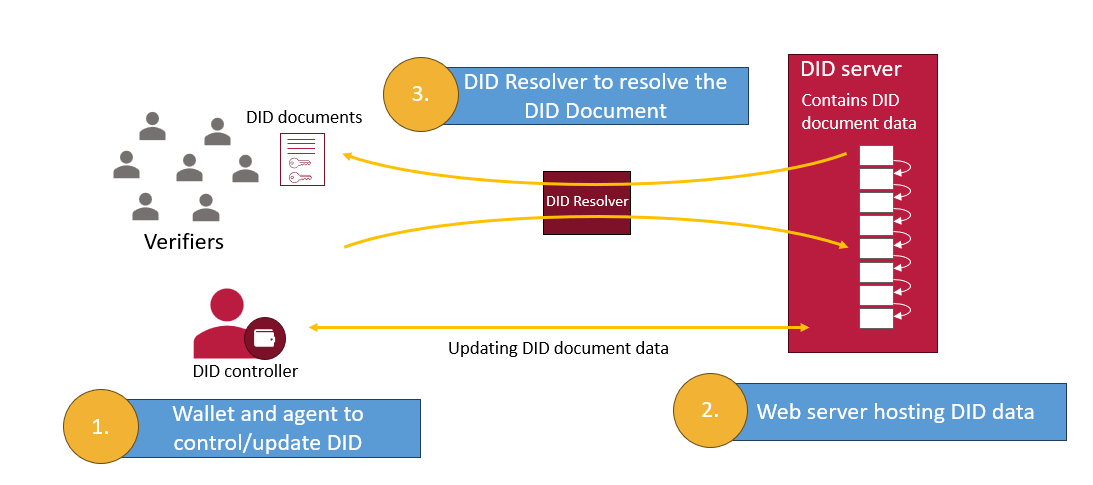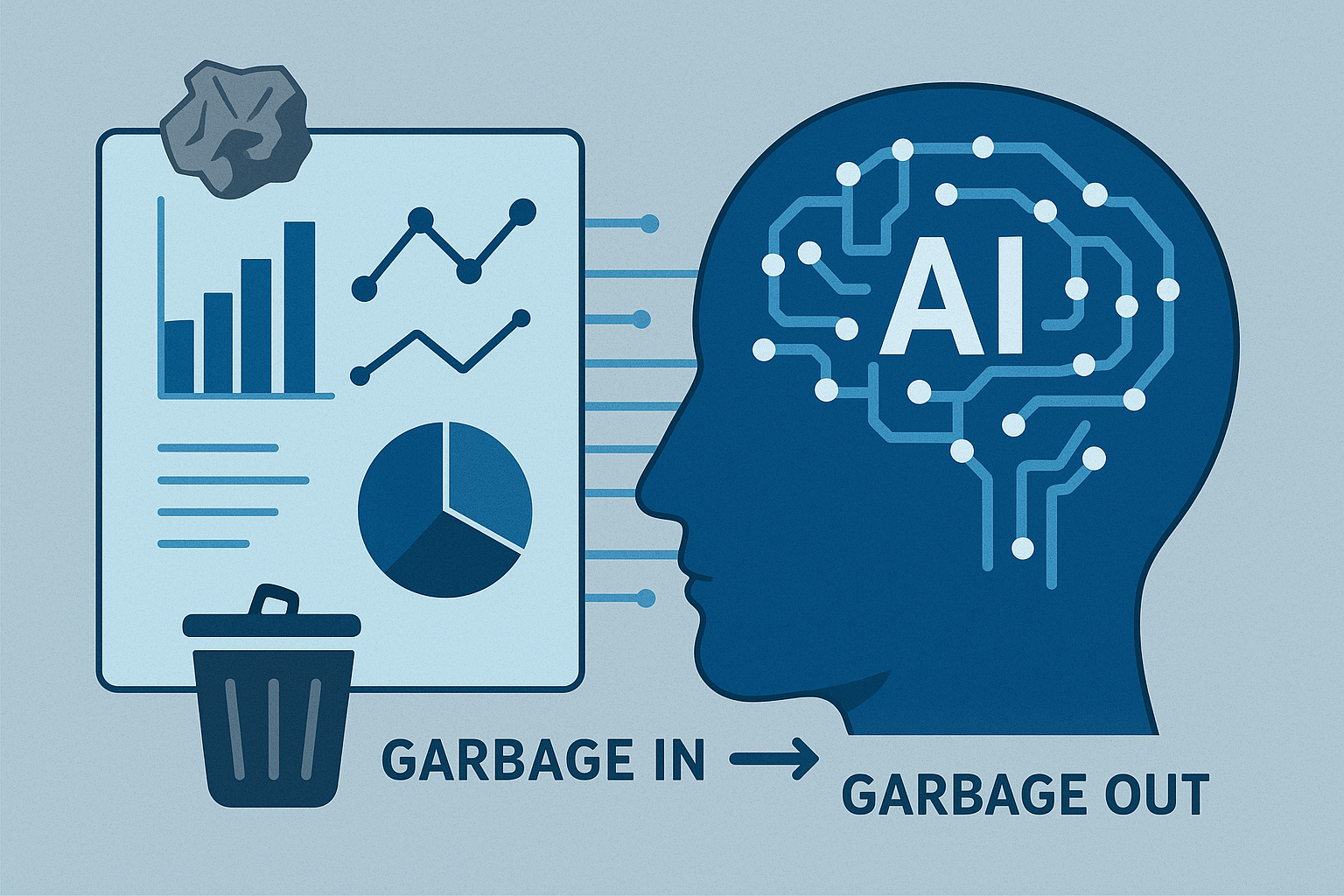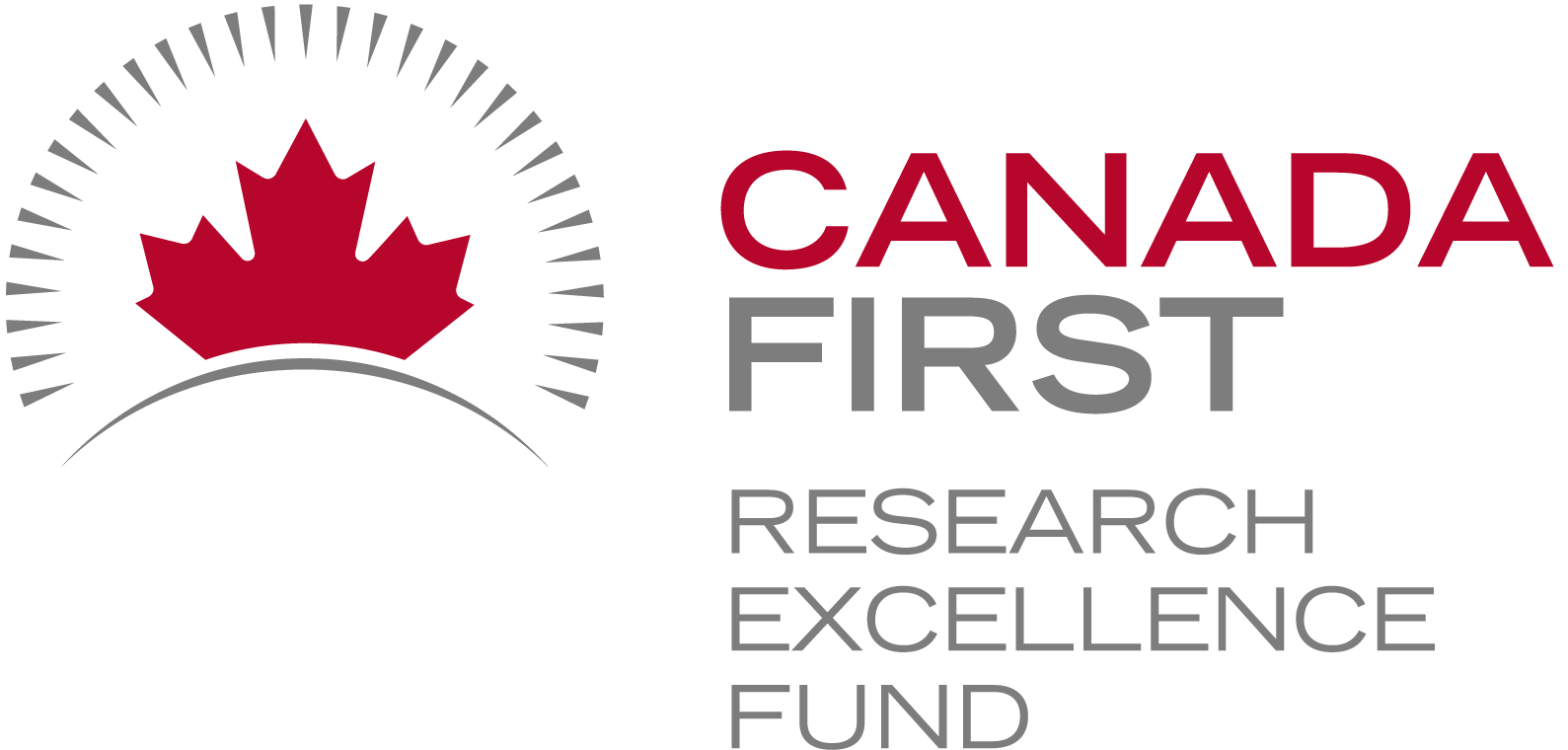Funding for Agri-food Data Canada is provided in part by the Canada First Research Excellence Fund
Happy Holidays!
Happy Holidays from the team at Agri-food Data Canada! See you in 2026 with a series of new blogposts! image created by AI
ViewData Collaboration
I recently had the opportunity to conduct an in-person workshop at the Cultivating Resilience: Building Climate-Smart Food Systems Together Summit in Vancouver, BC. The Summit was hosted by the Agricultural Genomics Action Centre sister hub to the Climate-Smart Data Collaboration Centre, in which ADC is an active partner and supporter. I chose to talk…
ViewORCID and Decentralized Identifiers
On November 19th, Carly Huitema presented (YouTube link) at the Trust over IP 5-Year Symposium on emerging opportunities to use ORCID as a trust registry to help build secure, verifiable research data spaces. As research becomes increasingly digital and distributed, identity plays a central role in how data is created, shared, and validated. ORCID is…
ViewSupporting Data Spaces: OCA Composer
In research environments, effective data management depends on clarity, transparency, and interoperability. As datasets grow in complexity and scale, institutions must ensure that research data is FAIR; not only accessible but also well-documented, interoperable, and reusable across diverse systems and contexts in research Data Spaces. The Semantic Engine (which runs OCA Composer), developed by Agri-Food…
ViewIntroduction to Pivot Tables
How Pivot Tables Simplify Analysis of Field Measurements If you’re working with agricultural or experimental data, Excel’s pivot tables can make summarizing results quick and intuitive. Instead of manually calculating averages or totals for each treatment, you can let Excel do the heavy lifting—organizing your measurements by treatment, cultivar, and replicate automatically. The Scenario Suppose…
ViewSemantic Engine: Range verification
Streamlining Data Documentation in Research In of research, data documentation is often a complex and time-consuming task. To help researchers better document their data ADC has created the Semantic Engine as a powerful tool for creating structured, machine-readable data schemas. These schemas serve as blueprints that describe the various features and constraints of a dataset,…
ViewFrom Siloed Systems to Shared Success: Building a System That Grows with Your Research
Part of the blog series on Collaborative Research IT Infrastructure In our last post, we explored how shared storage provides more than just space—it delivers reliability, cost-effectiveness, and compliance while ensuring that researchers maintain secure, separate environments. That conversation naturally leads us to the bigger picture: how do we prepare not just for today’s data…
ViewAI and data
Alrighty let’s briefly introduce this topic. AI or LLMs are the latest shiny object in the world of research and everyone wants to use it and create really cool things! I, myself, am just starting to drink the Kool-Aid by using CoPilot to clean up some of my writing – not these blog posts –…
ViewDerived identifiers in GitHub
At Agri-food Data Canada (ADC), we often emphasize the importance of content-derived identifiers—unique fingerprints generated from the actual content of a resource. These identifiers are especially valuable in research and data analysis, where reproducibility and long-term verification are essential. When you cite a resource using a derived identifier, such as a digest of source code, you’re ensuring…
View












